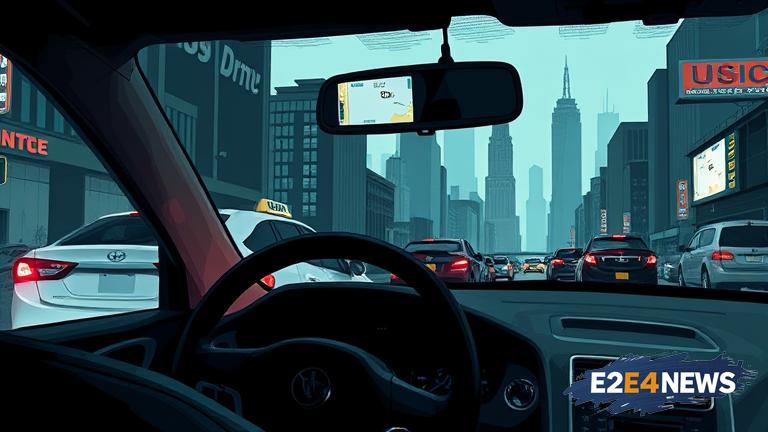The cost of taking an Uber ride has become a significant concern for many travelers and commuters. Recent data has revealed that prices for the popular ride-hailing service have skyrocketed in various cities around the world. New York City, for instance, has emerged as one of the most expensive cities for Uber rides, with prices often exceeding $20 for a single trip. Other major cities like Los Angeles, Chicago, and London are also among the priciest destinations for Uber users. The surge in prices can be attributed to a combination of factors, including increased demand, traffic congestion, and rising operational costs. In some cases, prices have risen by as much as 50% over the past year alone. This has led to a growing number of complaints from customers, who feel that the service has become unaffordable. Despite the rising costs, Uber remains a popular mode of transportation, particularly in urban areas where public transportation options may be limited. However, the company faces increasing competition from rival services like Lyft and Via, which may offer more competitive pricing. To mitigate the impact of rising prices, some cities have introduced regulations aimed at controlling the cost of ride-hailing services. For example, New York City has implemented a minimum wage for Uber drivers, which has helped to reduce the number of available cars on the road and drive up prices. Meanwhile, other cities like San Francisco have introduced congestion pricing schemes, which charge drivers a fee for entering certain areas during peak hours. The effects of these regulations on Uber prices are still being felt, and it remains to be seen whether they will have a lasting impact on the cost of ride-hailing services. In the meantime, travelers and commuters are advised to plan their trips carefully and consider alternative modes of transportation to avoid breaking the bank. Some cities, like Tokyo and Singapore, have invested heavily in public transportation systems, making them more attractive options for travelers. In contrast, cities like Miami and Las Vegas have limited public transportation options, making Uber and other ride-hailing services a necessity for many visitors. As the demand for ride-hailing services continues to grow, it will be interesting to see how companies like Uber respond to the challenge of rising prices. One possible solution could be the introduction of more affordable options, such as carpooling or shared rides. Another approach could be to invest in alternative modes of transportation, like electric or self-driving cars, which could help to reduce operational costs and make the service more sustainable. Ultimately, the key to making Uber and other ride-hailing services more affordable will be to find a balance between the needs of customers, drivers, and the environment. By exploring new technologies and innovative solutions, companies like Uber can help to make transportation more accessible and affordable for everyone. The rise of Uber and other ride-hailing services has also had a significant impact on the way we travel, with many people opting for the convenience and flexibility of on-demand transportation. However, as prices continue to rise, it is likely that some users will begin to explore alternative options, like public transportation or biking and walking. This could have a positive impact on the environment, as well as on traffic congestion in urban areas. In conclusion, the increasing cost of Uber rides is a complex issue that affects not only customers but also drivers and the environment. As the demand for ride-hailing services continues to grow, it is essential to find innovative solutions that balance the needs of all stakeholders. By investing in new technologies and exploring alternative modes of transportation, companies like Uber can help to make transportation more affordable, sustainable, and accessible for everyone.
